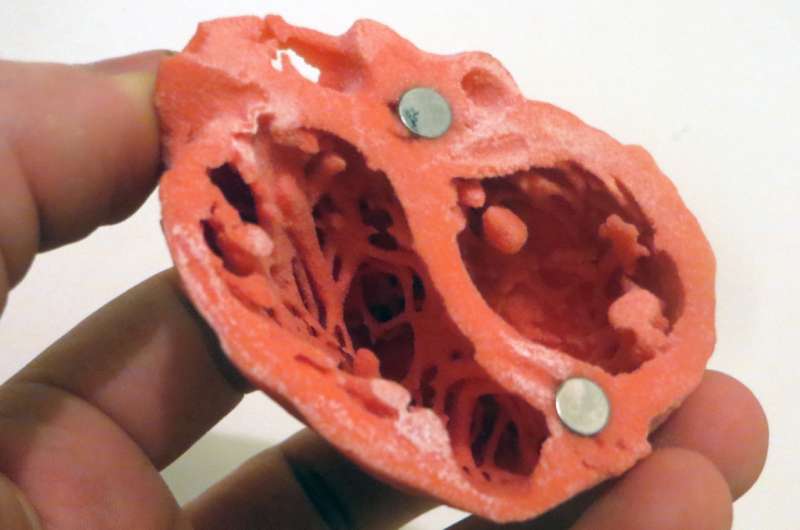Study Finds No Link Between Plastic Chemical Exposure and Preterm Birth Risk in Pregnant Women

New Australian research finds widespread exposure to plastic chemicals during pregnancy does not increase preterm birth risk, providing reassurance for expectant mothers.
Recent research conducted by the South Australian Health and Medical Research Institute (SAHMRI) has revealed that, despite widespread exposure to certain plastic-related chemicals during pregnancy, there is no current evidence linking these chemicals to shortened gestation or increased preterm birth risk among Australian women. This study, contrasting with numerous international studies suggesting harmful effects, provides reassuring data for expectant mothers in Australia.
The chemicals in question are phthalates—substances used to make plastics flexible—commonly found in everyday items such as food packaging, personal care products, and household goods. Phthalates are known as endocrine-disrupting chemicals and have previously been associated with adverse health and pregnancy outcomes, including shorter pregnancies and higher preterm birth rates.
In this study, researchers analyzed urine samples from 605 pregnant women between 22 and 26 weeks gestation to measure 13 different phthalate metabolites. The findings showed that almost all participants—99%—had detectable levels of these chemicals, particularly those used in personal care items and packaging materials. Despite the high prevalence, statistical analysis did not establish a significant connection between maternal phthalate levels and either the length of pregnancy or the risk of preterm birth.
Lead researcher Dr. Karen Best emphasized the importance of these findings, highlighting that phthalates are extremely common in the modern environment. She stated, “While we didn't see an effect on gestation or preterm birth, it remains important for pregnant women to minimize unnecessary exposure for other health reasons.” Practical steps include choosing fragrance-free personal products, avoiding microwaving food in plastic containers, and limiting foods heavily packaged in plastics.
The study also observed that certain maternal characteristics influenced phthalate levels. Women with lower income and education levels, those who smoked before pregnancy, and women with higher body mass indexes tended to have higher chemical concentrations.
Dr. Best concluded by stressing the need for ongoing monitoring of environmental exposures during pregnancy, especially as products and regulations evolve. Continued research will help better understand any long-term impacts these chemicals may have on maternal and child health.
This research adds valuable Australian-specific data to the global discussion on chemical exposures during pregnancy and underscores the importance of environmental health measures for expectant mothers.
Stay Updated with Mia's Feed
Get the latest health & wellness insights delivered straight to your inbox.
Related Articles
Global Decline in Chronic Disease Mortality Shows Signs of Slowing Progress
A new study reveals that while deaths from chronic diseases are declining worldwide, the rate of improvement is slowing, emphasizing the need for stronger global health efforts. Read more about the latest findings and implications for future strategies.
Innovative PET Imaging Technique Enhances Detection of Coronary Artery Disease
A new PET imaging technique offers a simplified and accurate method to detect coronary artery disease, improving diagnosis during exercise stress testing.
Advancements in Ultrasound Technology Improve Prenatal Detection of Heart Defects, Yet Regional Disparities Persist
Recent advances in ultrasound technology have improved prenatal detection of congenital heart defects, but regional disparities still pose challenges. Learn how new protocols are making a difference.
Innovative Jawbone Organoids from Patient-Derived iPS Cells Advance Bone Disease Research and Treatments
A groundbreaking study from Kyoto University introduces jawbone-like organoids derived from patient iPS cells, enabling advanced research into bone diseases and regenerative therapies, including models for osteogenesis imperfecta.



